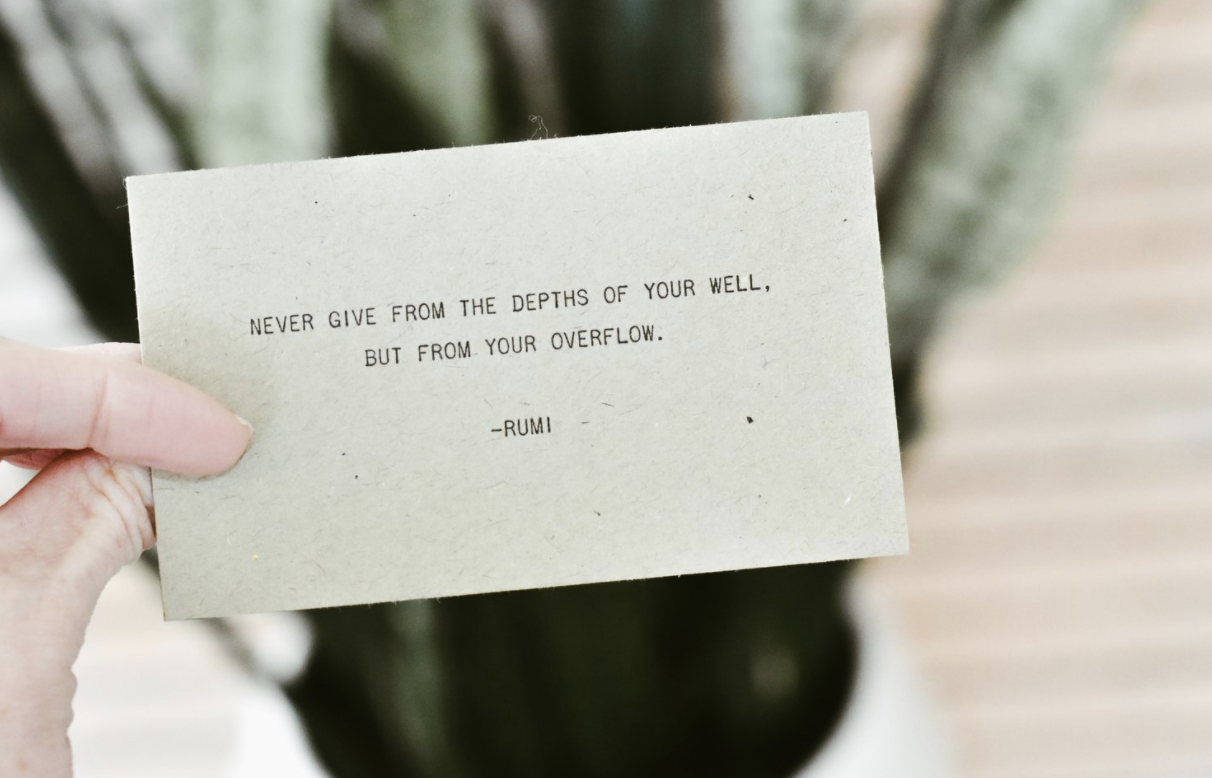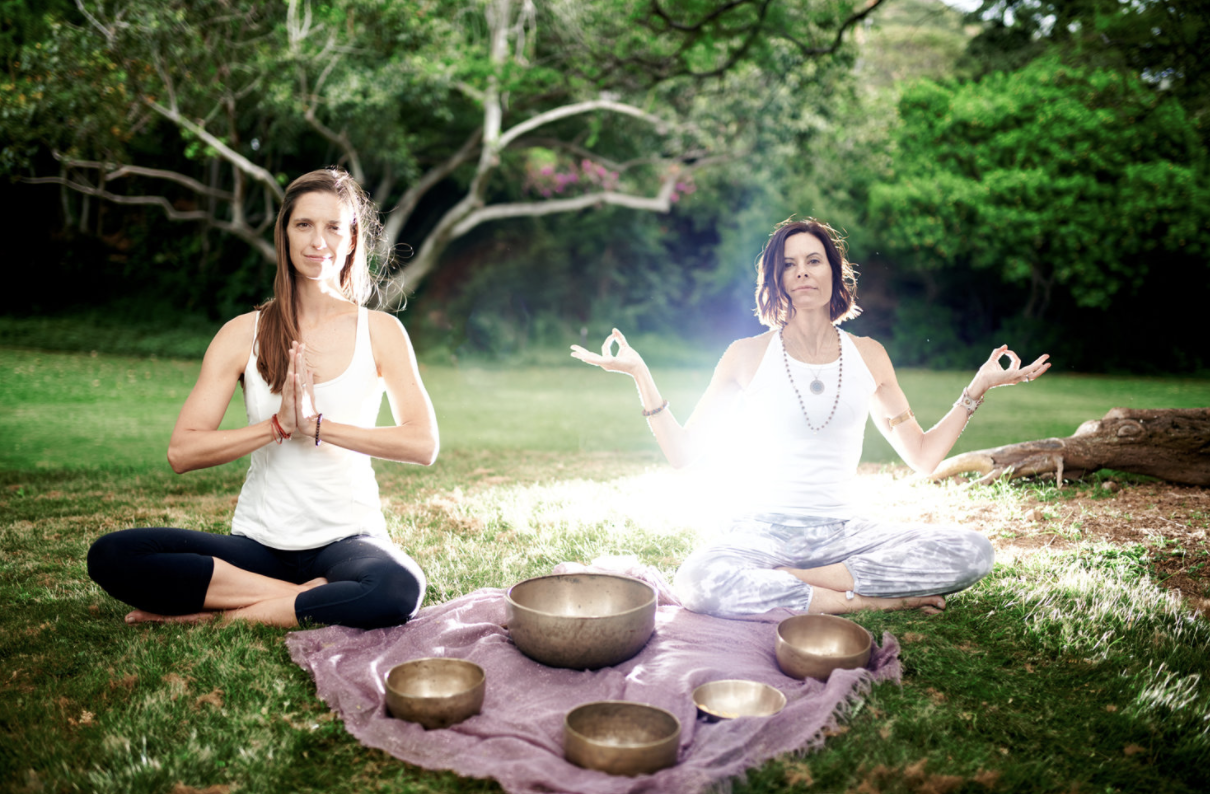When I was in my 20’s I made up a story in my head that I had to have a yoga mat and move through meditative postures in order to practice yoga.
When I got to my 30’s the story grew into something more meaningful. Now, yoga meant that practicing contemplative and meditative exercises would help me understand myself and what would bring me inner peace.
Fast forward to the present moment, now in my 40’s, and my story has changed once again. I still believe what I believed in the past, but I also now believe that yoga is nothing more than universal love.
I often share these perceptions with my students in class to show them what my yoga journey has looked like and how they have influenced my practice.
The reason why these stories have changed so much over time, however, is because of a practice I use called––Jnana Yoga.
The stories you make up
Storytelling is a powerful tool. Recounting past events that happened in your life or making up imaginary fantasies can inspire, teach and entertain.
But what happens when you make up a story about an event that is untrue?
The stories you make up are your brain’s way of “protecting” yourself.
But, instead of helping they can often create unnecessary complications.
Brene Brown is a professor, public speaker and best selling author whose work focuses on courage and vulnerability. She encourages people to use the phrase “The story I’m making up is…” at the beginning of difficult conversations.
For example, have you ever been in a relationship with someone who did or said something that caused you agitation? Did you make up a story around why they did it or what it meant? And did you find out that that story was untrue later?
The danger of storytelling, versus basing your reaction on fact, is that you may be accusing that person of doing something that isn’t true. It is the basis for miscommunication.
“Anybody who's been in — or out of — a relationship can tell you that they're full of miscommunications, misreadings, and other misunderstandings. You say one thing, they hear something else,” says Brown.
By beginning a tough conversation with “The story I’m making up is…” you are telling the other person your perception and admitting that you might be wrong about what really happened.
Another helpful practice is to take those stories and use them for introspection. This is the practice of Jnana Yoga.
Jnana Yoga
Jnana, pronounced as “gya-na,” means knowledge.
Jnana Yoga is a practice that uses knowledge to help purify the mind of misperceptions, which may be blocking you from connecting with others and living in harmony with life.
The yoga texts translate the word misperception, or “avidya” in Sanskrit, as “actively not seeing true knowledge.” They teach, that these misperceptions are the number one cause for all human suffering, making the mind run wild, causing you to cast doubts about your self worth, block solutions to problems and prevent you from taking action.
The benefits of Jnana yoga, or the pursuit of higher knowledge, is that it soothes a restless and broken soul. It purifies the mind, burning the self-made stories you make up, and creates wisdom love and compassion––enabling you to create a more meaningful connection with life.
In Jnana yoga there are three phases. First, knowledge has to be heard and received. Second, knowledge has to be repeated thousands of times in many different ways. Third, knowledge has to become a part of you.
The practice of Jnana yoga begins by asking yourself hard questions like: Who am I? What am I? What do I fear? What am I grateful for? What is joy or love?
It can also include an inquiry into your life’s purpose and/or anything else related to your relationship with the universe.
Brown’s “What is the story I’m making up” approach also works well here. For example, What is the story I’m making up about the nature of my reality? Is it is the same story my parents had? Is it a story I heard in church or from my teacher or guru? What is the story I’m making up about the career path I have chosen or my purpose in the world? What is the story I am making up about who I am?
Neti neti
Neti neti is a Sanskrit term that means “not this and not that.”
It is helpful to use neti neti when you begin asking these deeper questions. It encourages you to not settle and keep asking until you find the truth, admitting that your beliefs are not 100% accurate.
Neti neti creates wiggle room for new perspectives and insights.
Jnana yoga is practiced the same way one would peel an onion. You keep peeling back the layers by asking the same questions over and over until you can get closer to the center, or the truth.
Year after year the inquiries reveal new understandings, insights previously missed, and a penetration into the heart of the matter one seeks.
The story I told myself about yoga in my 20’s is radically different than the story I tell myself today because I keep peeling back these layers and asking more questions.
Listening to the truth
How well you can peel back the layers and find truth depends on how good you listen.
Krishna Murti––Indian philosopher, speaker and writer––is a great example of someone who practiced Jnana yoga. He pointed out the problems we have with our listening by asking these questions: “How do you listen to knowledge? Do you listen with your projections, through your ambitions, desires, fears, anxieties, through hearing only what you want to hear, only what will be satisfactory, what will gratify, what will give comfort, what will for the moment alleviate your suffering? If you listen through the screen of your desires, then you obviously listen to your own voice.”
The practice of listening is challenging, but if you desire thriving relationships, either with others or the universe, then it is important to try.
This is where a daily meditation practice is helpful and essential. It makes you a better listener.
An invitation to practice
“The Yoga Sutras” says that ignorance is the greatest poison.
When you make up stories that are not true they can create toxicity and separation at both the individual and relationship levels.
Instead of getting caught up in your story can you take the time to connect with your heart and ask yourself deeper questions to see what surfaces before taking action?
I invite you to use the practice of Jnana Yoga to prevent stories from turning into suffering. Find out for yourself how Jhana Yoga can make your life change for the better.
A Yoga Unplugged collaboration - written by Jennifer Reuter, edited by Sarah Burchard









































